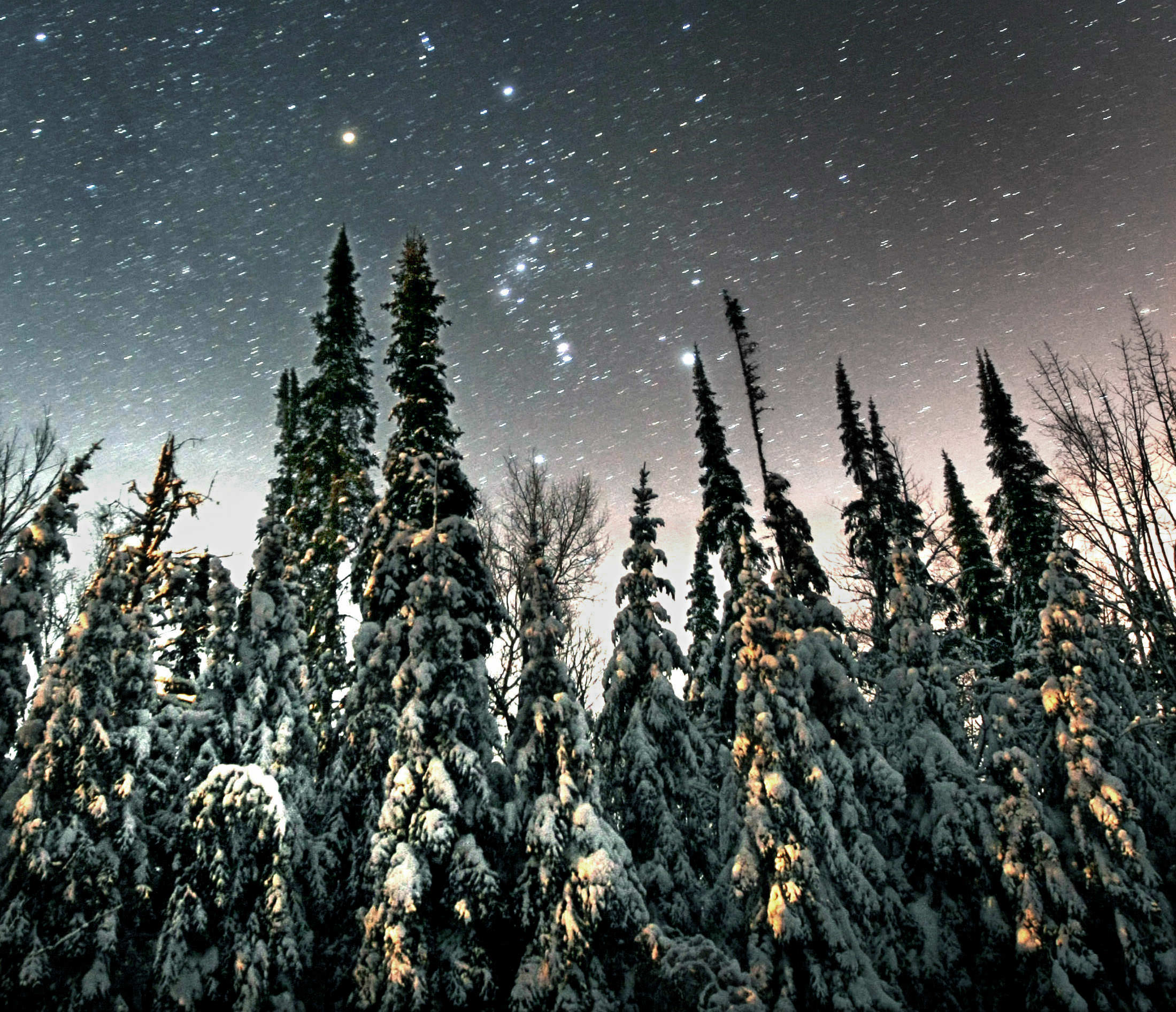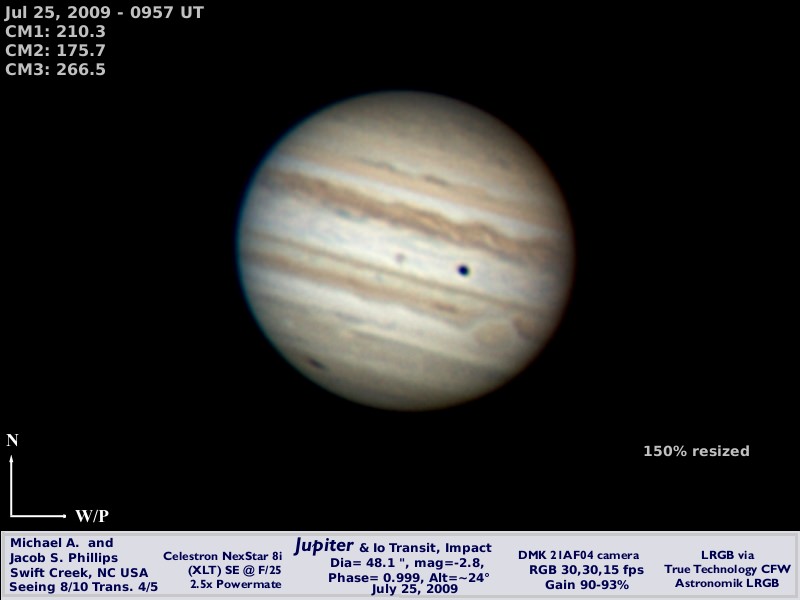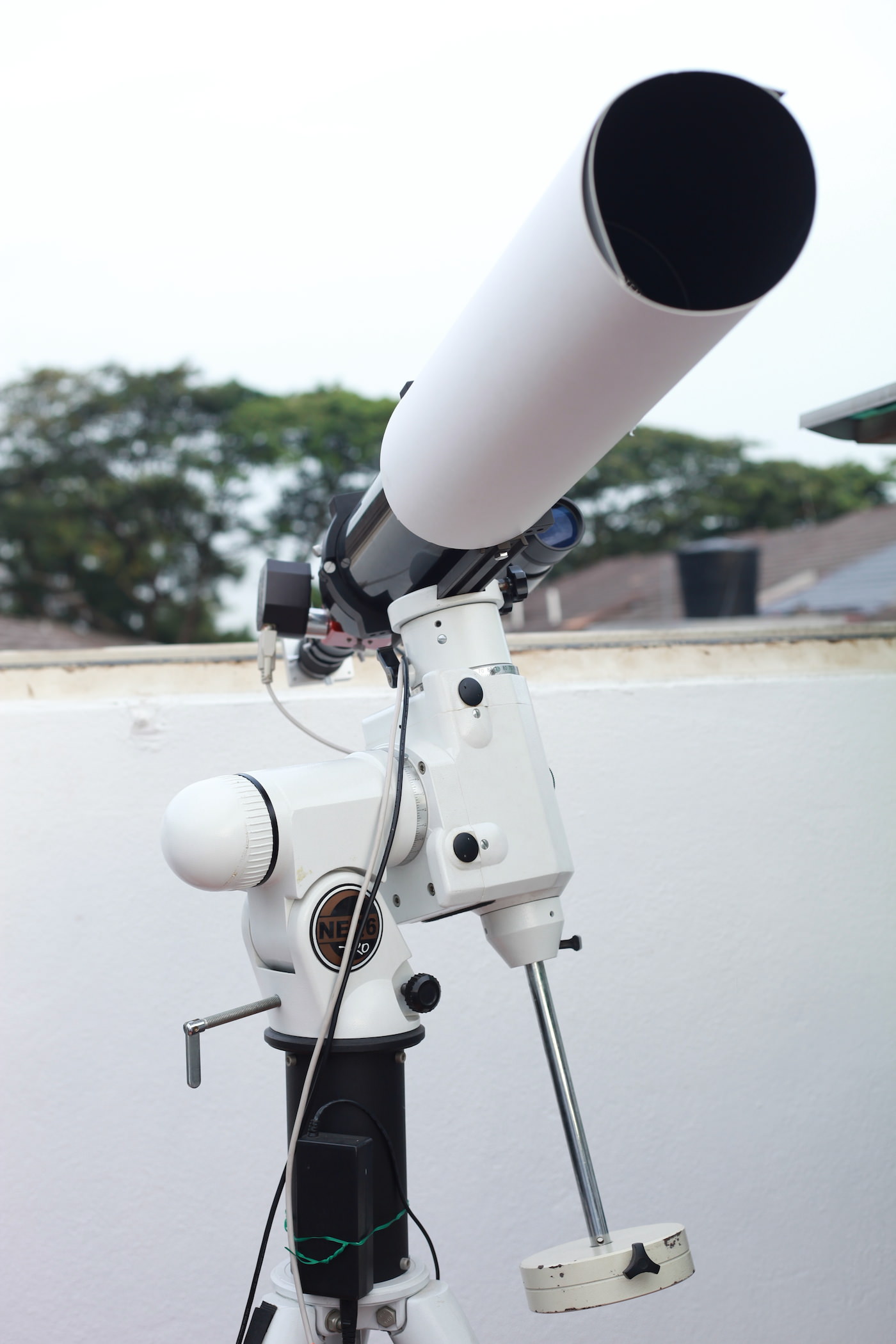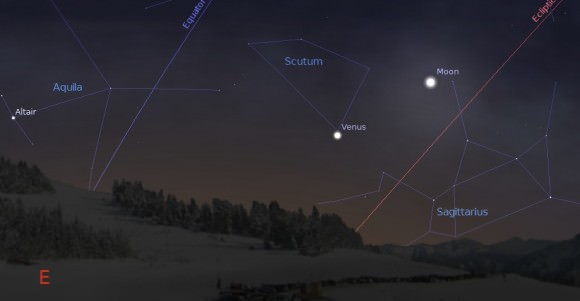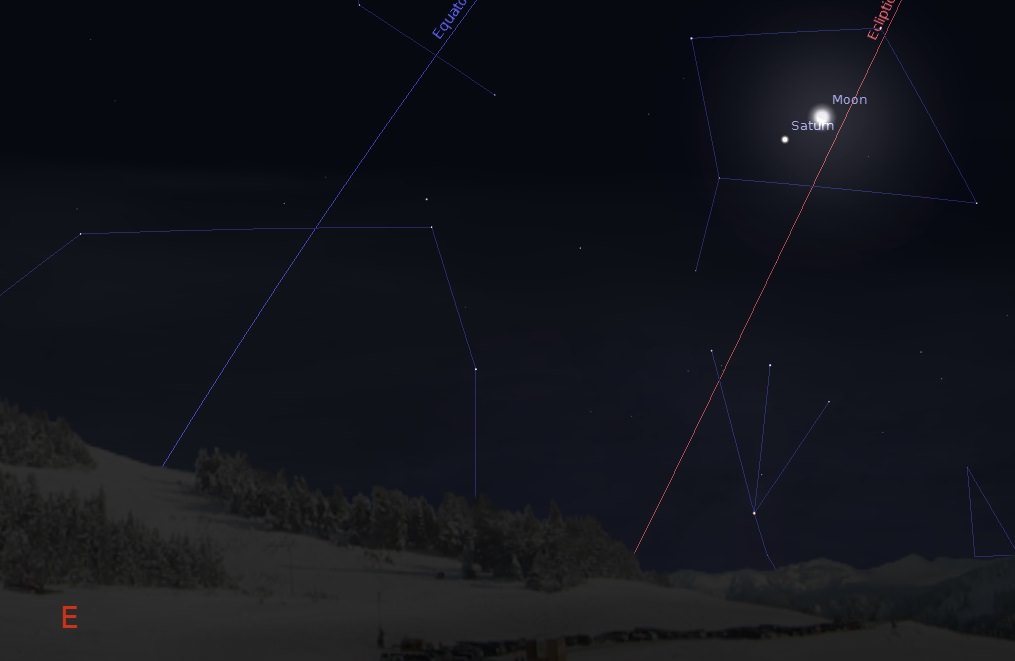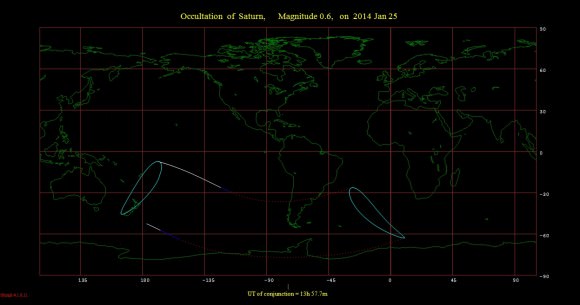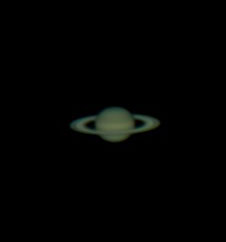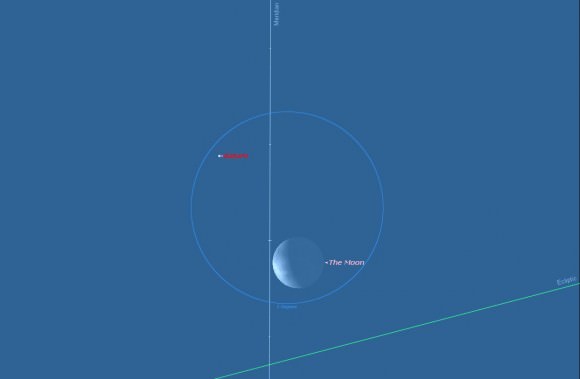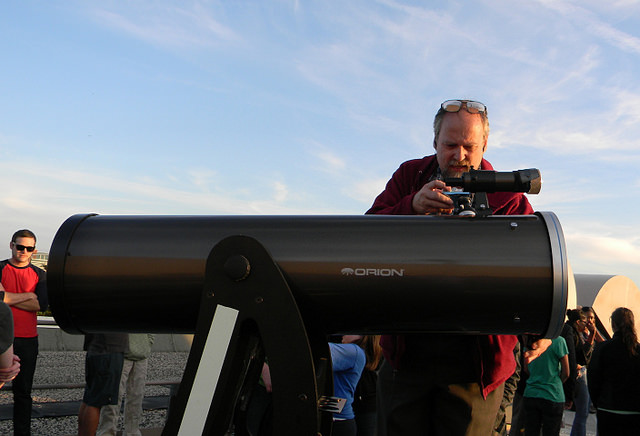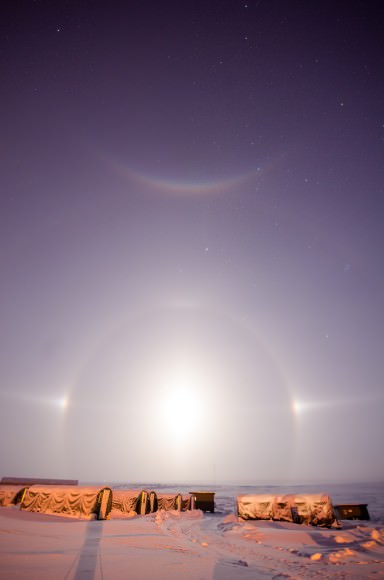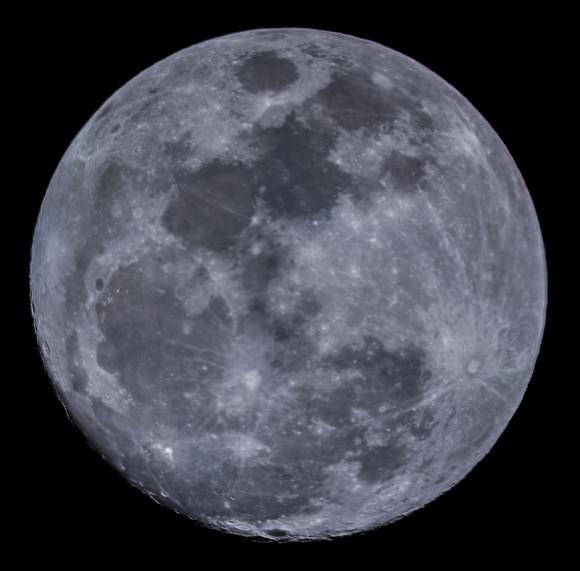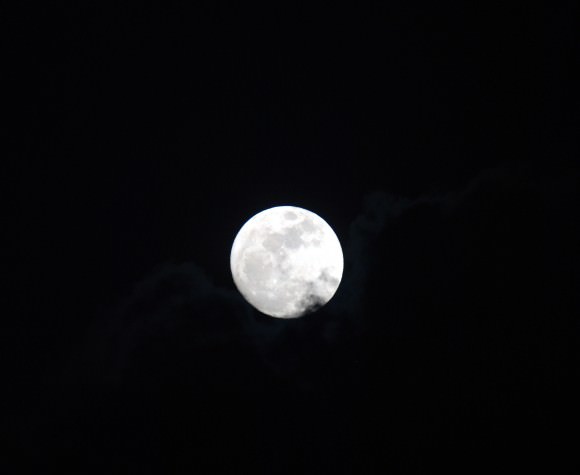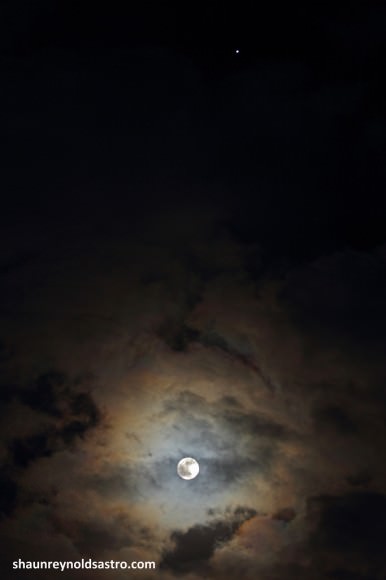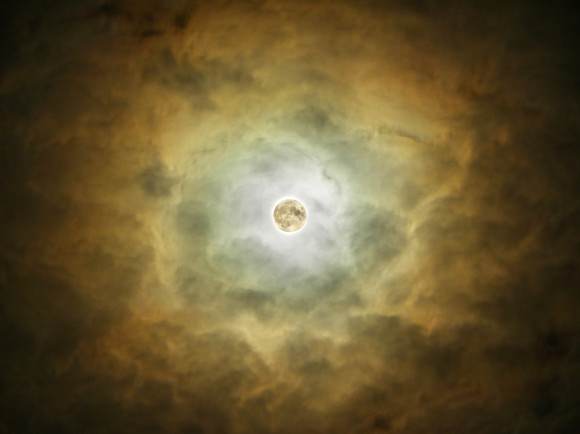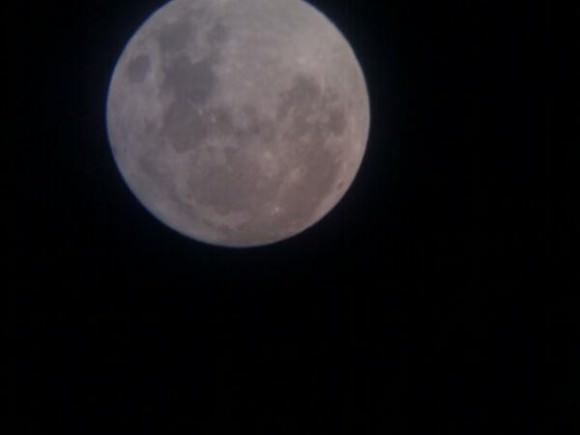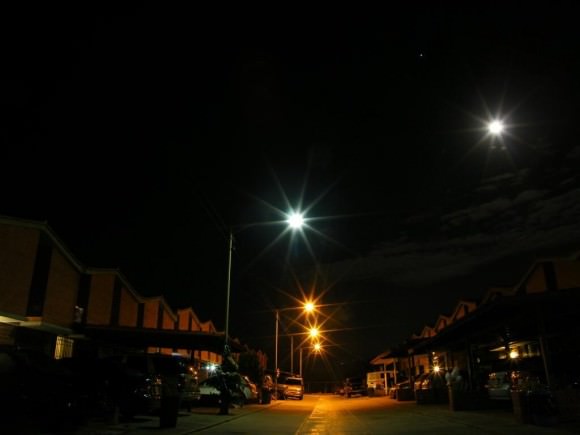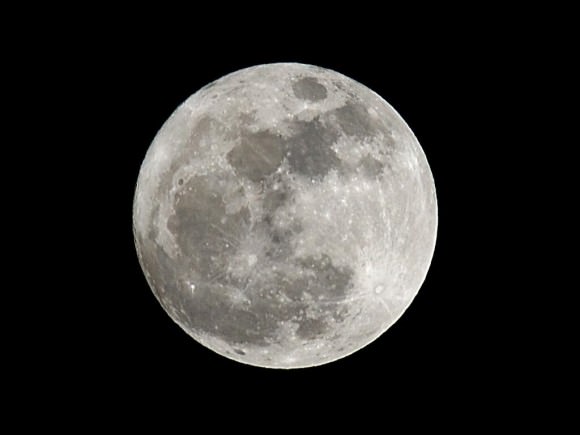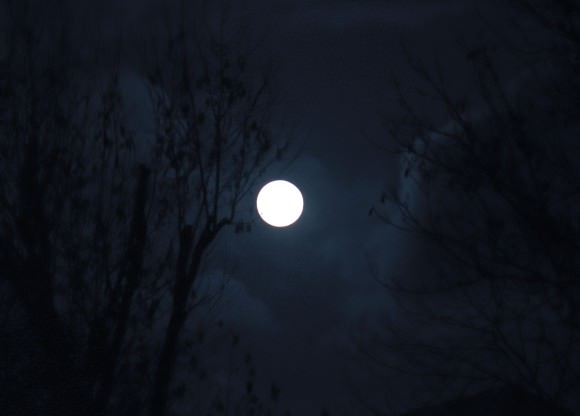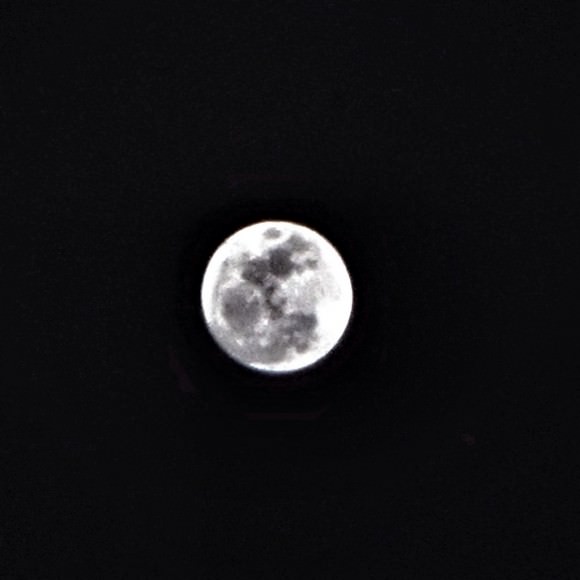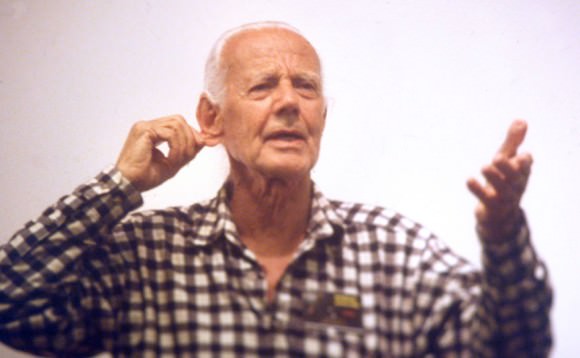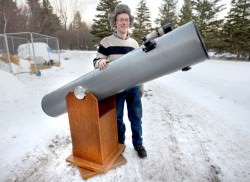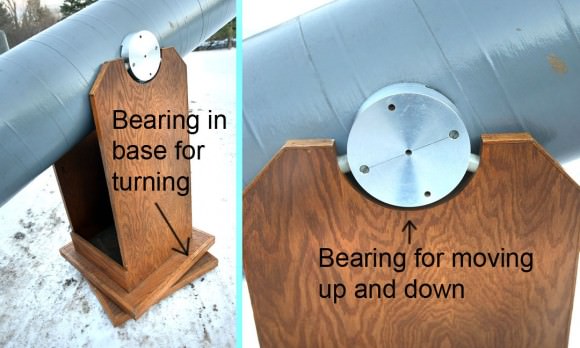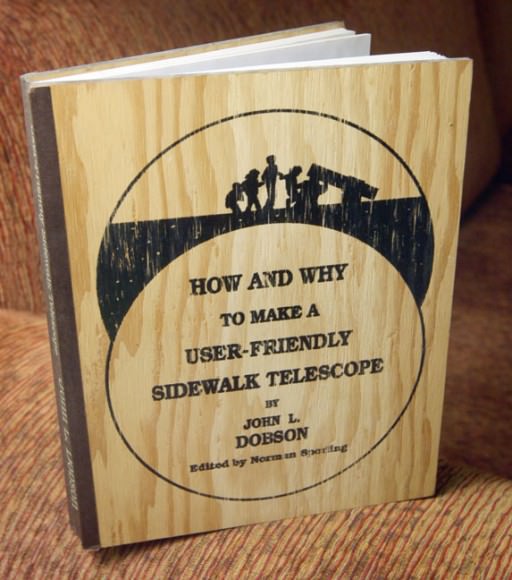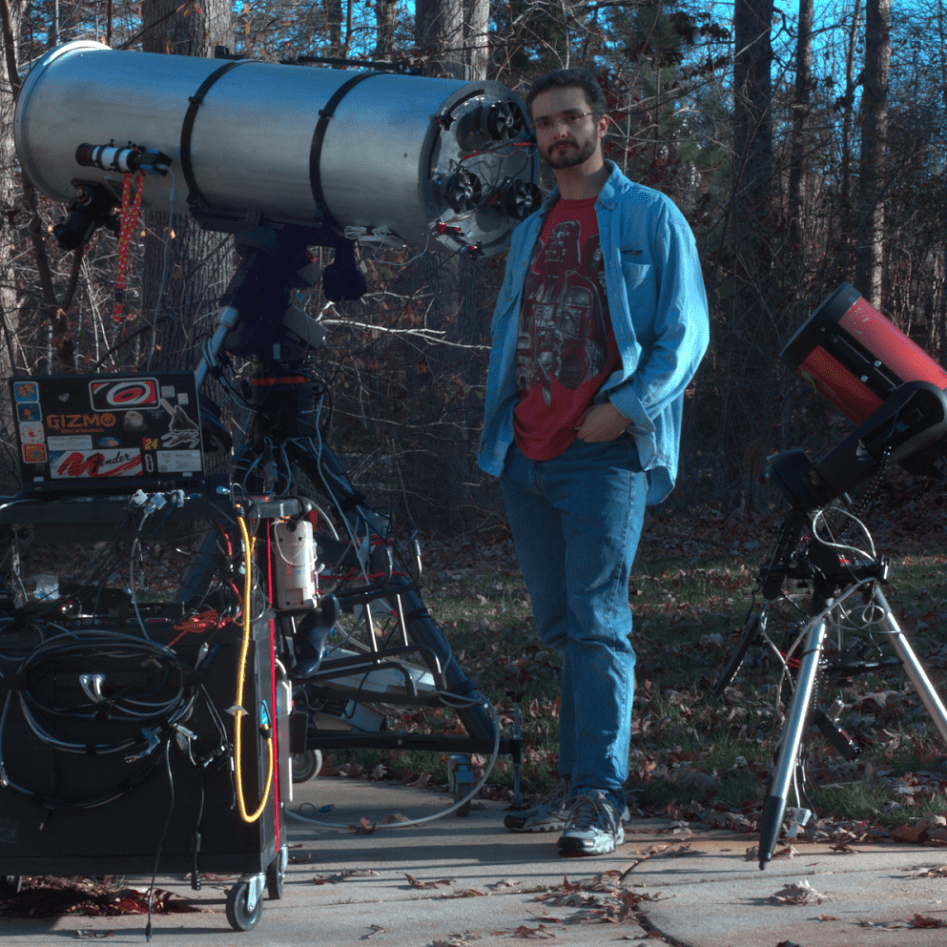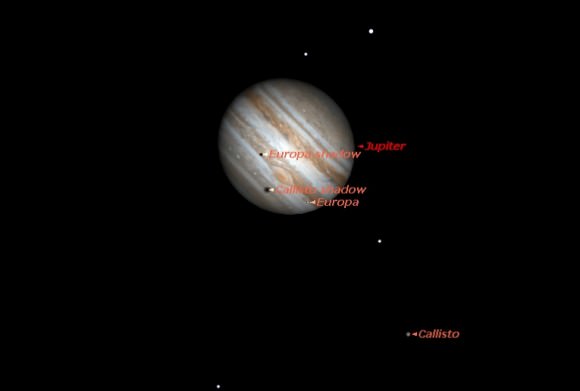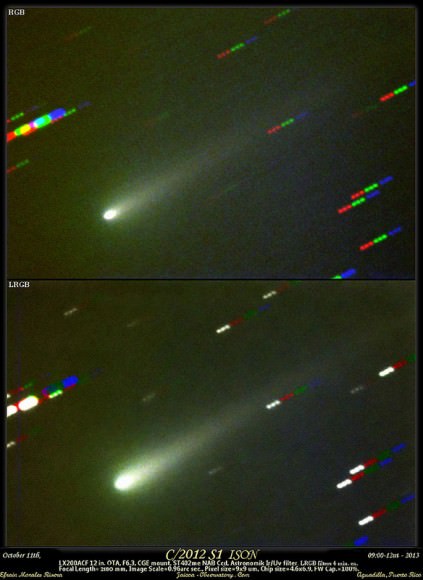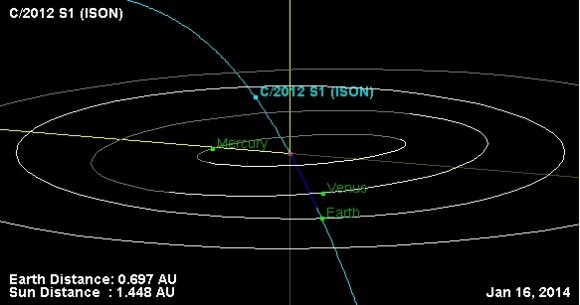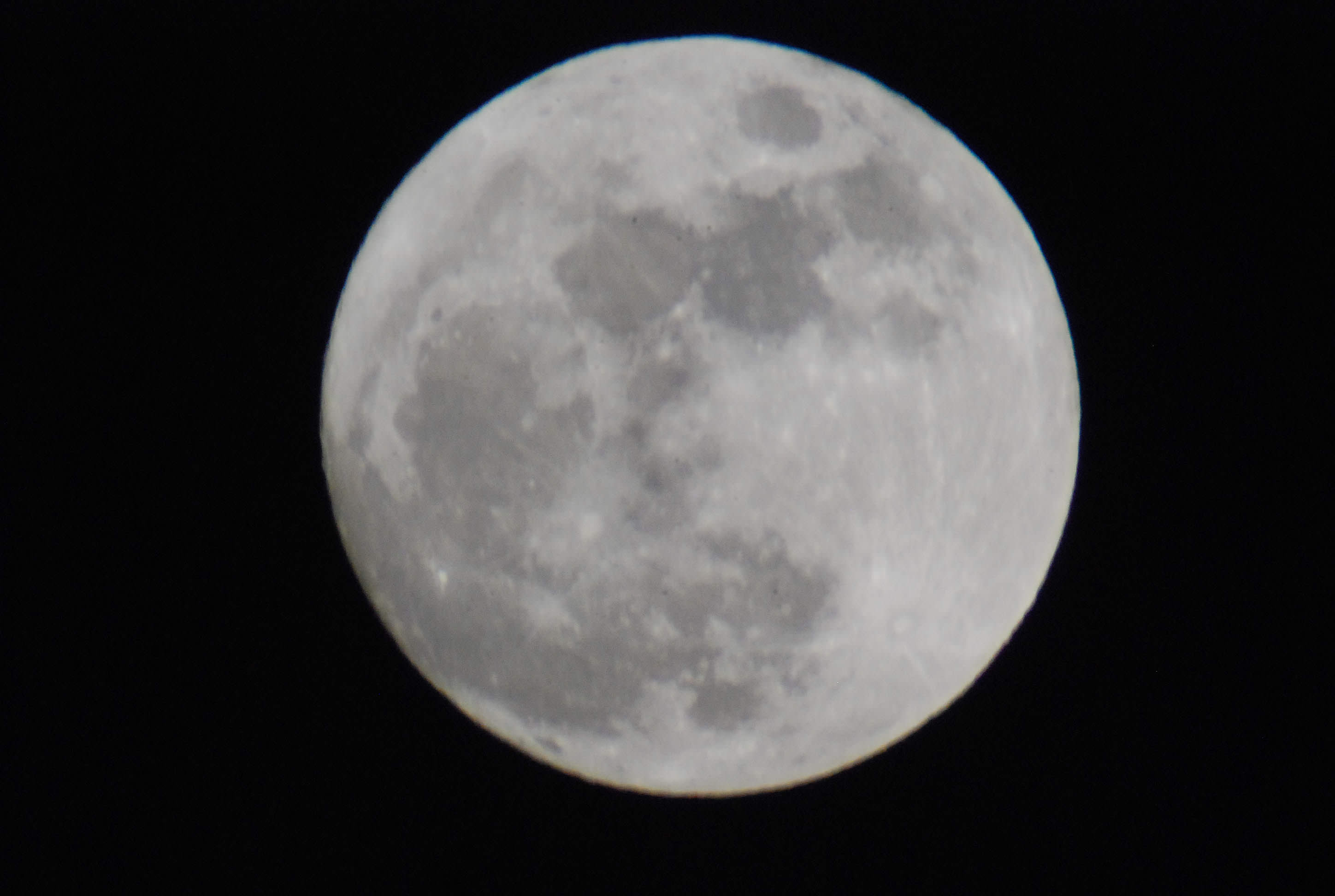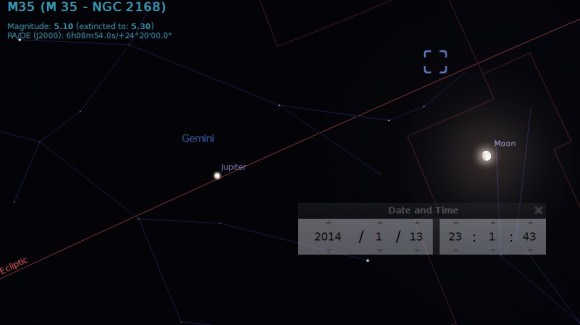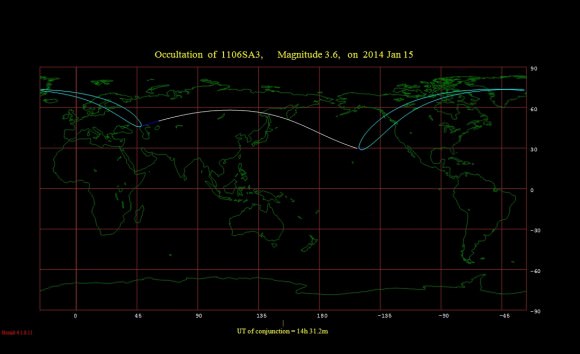Bitter cold lies ahead for many skywatchers in the U.S. and Canada in the coming week as the polar vortex swoops down from Santa’s village for round two this season. Will that stop you from going out to enjoy the winter wonders of Jupiter, the M82 supernova and Orion? It needn’t if you take the proper precautions.
In all honesty, you’ll probably still get cold if you attempt to observe on windy, subzero nights, but if you follow these helpful hints, you won’t get as cold. That said, there are two key ingredients to a successful and happy night under the winter sky: dressing well and planning in advance what you want to see.

Dressing well means having to accept the fact that even though you still feel warm walking out the door, 10 minutes later you won’t be. Always layer to the hilt. Insulated pack boots like those made by Sorrel or LaCrosse will keep your feet toasty for at least an hour of standing in place at the telescope.
I still wear blue jeans during winter, but when out getting a winter star tan, I pull on a pair of insulated snow pants. To keep heat from escaping the rest of the body, a flannel shirt, thick sweater and some kind of down or insulated coat will provide protection right up to your neck. Some folks like the all-in-one approach and don a snowmobile suit. Add a scarf, a bomber cap with furry ear flaps for the head region and lined mittens or gloves for your digits, and you’re almost ready to do battle. Assuming you still have energy left after building a fortress around your person.

About gloves. I use lined deerskin gloves with chemical hand-warmers nestled in each palm. It’s so nice to have something warm to push your fingers into when they get chilled. Others prefer the wiser dual-glove approach – wearing a pair of thin gloves inside mittens that Velcro open across the palm. That way you use your fingers to adjust focus or check a chart and then safely tuck your hands back into the mittens.
On super-cold nights I’ll set the telescope up right outside the house so I can bail when necessary, but on exceptional nights when it might be well below zero but not windy, I’ll make the drive to the country for darker skies and set up on the proverbial road in the middle of nowhere.
I limit my observing to two hours maximum. Not because I have any control over time; that’s as much as this body can take when it’s -20 F. One little trick I’ve employed over the years to survive astronomical cold is to keep moving. I check charts constantly, set eyepieces down in the trunk of the car, then return to pick up a different eyepiece, take a short walk and even run in place. Hey, only the wolves are watching, so who cares? All this to keep the body moving to generate heat.
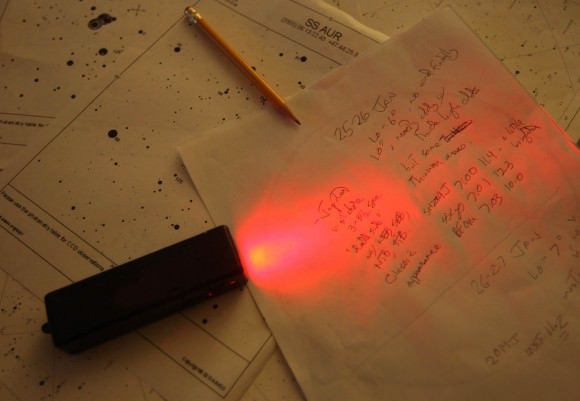
If I do freeze, the car provides some solace. A typical drive home will find me steering with my inner arms, my crabbed hands straining to absorb every molecules of hot air blasting from the vents
The second key ingredient to a successful, soulful, subzero night is planning. If you prepare a short list either on paper or mentally of winter sky gems before you walk out the door, you’ll spend your stellar minutes more efficiently and return indoors a happy camper.
I keep it simple. If there’s a bright planet out, that’s always on my list. With Jupiter shining so enticingly these nights, how can you not go out to see what the weather’s doing on the solar system’s biggest planet? Relish the thought that the cloud tops you’re seeing are cold enough at -230 F (-145 C) to snow ammonia flakes. Makes 20 below almost seem like shirtsleeve weather.
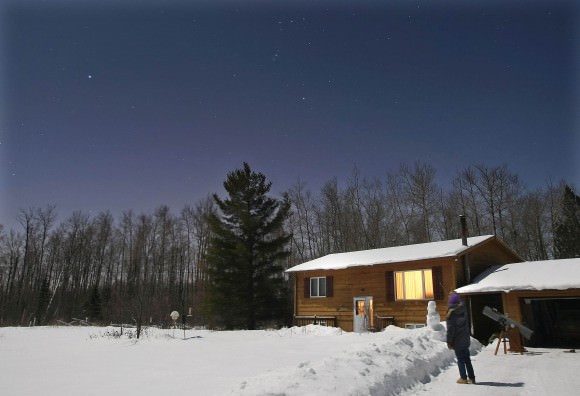
Add in a few variable stars, a supernova, maybe a comet and two or three deep sky objects and I feel a sense of connection and accomplishment by the time I return inside to what now feels like a Hawaiian vacation in my living room. Total time elapsed: maybe an hour. Too much? 15 minutes for a pretty double star and a current planet will do. Astronomy photos, articles and book are great, but we all need the real thing from time to time; there’s no substitute for a direct connection to the cosmic wilderness.
One crucial tip on doing astronomy in winter. Make sure your telescope is COLD. A spare meat locker for storage would be ideal. Barring that, place the scope outside and let it cool down before you begin your observing session. If it comes directly from the house, 45 minutes to an hour should be enough, depending on the temperature and aperture size. If you store it in a garage or shed, 20 minutes should do the trick.
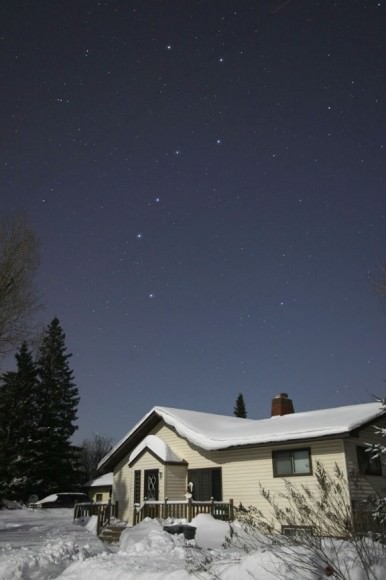
Ready to zip up? Go for it! I ran into a woman a couple weeks back who told me she loved winter because the cold made her feel alive. Man, she hit it right on the head. I’ll leave you with a quote from one of my favorite old-time authors, Joseph Elgie, an English amateur astronomer who wrote about the pleasures of the sky no matter the season in a book titled The Night Skies of a Year. This entry is from February about the year 1907:
“Shortly after nine o’clock Procyon could be seen through the openings in the flying clouds, not far from the meridian. The sky resembled a vast snow-field in swift motion – a snow field showing fleeting patches of blue, which were studded with sparklets of silver, and Procyon was one of those sparklets. In the sou’west too, I could discern a coppery gleam on the pale blue background of the sky. It was Betelgeuse. What pictures of tender loveliness were these!”

